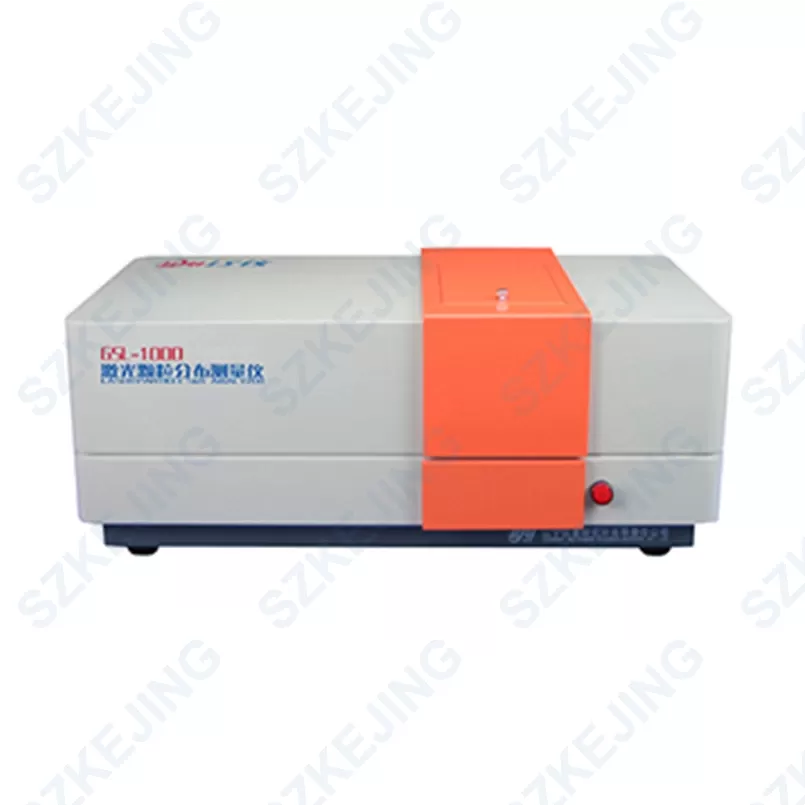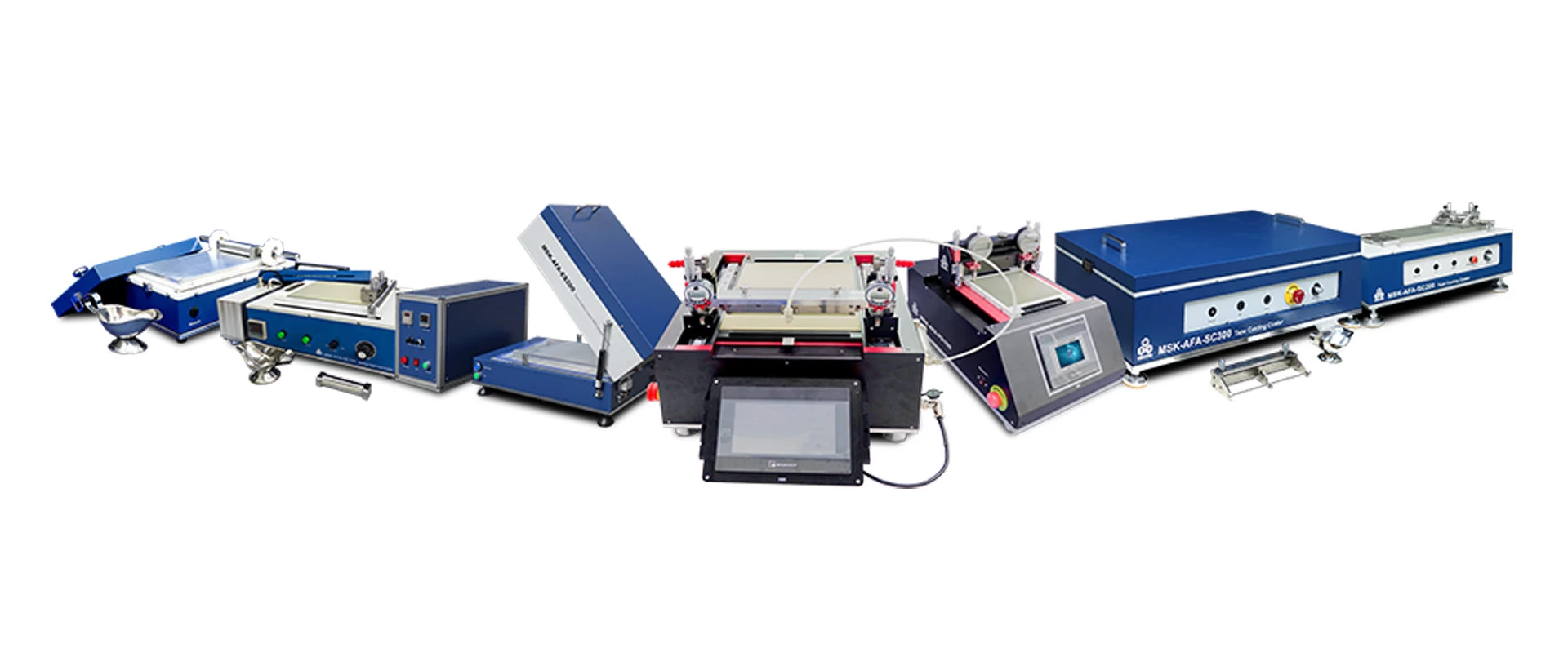Functional Features
The measurement principle is based on the Mie Scattering theory. Combined with the company’s unique inversion algorithm, precise mechanical and optical system design, and advanced electronic components, the accuracy of measurement results is ensured both theoretically and in performance.
The forward – scattered light reception adopts the company’s patented technology of cross – shaped large – size main photoelectric detection arrays (70 channels) and high – sensitivity bilateral photoelectric detection arrays (4 channels on each side), enabling a single – channel measurement range of 0.1 to 600 μm. It can measure a wide variety of samples with D50 ranging from 300 to 400 nm to 400 to 500 μm, meeting the measurement range requirements of most users for particle size.
The instrument design adopts high – sensitivity photoelectric detection arrays, low – noise signal amplifiers, and high – speed analog – to – digital converters to ensure that the circuit noise is minimized. Imported semiconductor lasers (with a lifespan of up to 25,000 hours) and the self – developed laser collimation system by the company are used, ensuring uniform distribution and regular shape of laser spot energy. The injection system adopts a rotation speed adjustment device to ensure uniform distribution of samples in the measurement window. All these measures ensure good repeatability of the instrument’s measurement results.
The high – speed sampling system has a sampling speed of 4500 times per second. The fully isolated USB2.0 communication interface improves communication speed. Using a micro – injection system, the sample preparation process is simple, and the cleaning speed is fast. Generally, a test process can be completed within 20 seconds.
The instrument is controlled in real – time by a computer, automatically completing functions such as data collection, analysis and processing, result storage, and printing. The operation is simple, and the degree of automation is high. The measurement software has SOP functions, database functions, and various mathematical models. The functions are complete, the operation is simple, and it is easy to learn and use.
Software Functions
Basic Functions: Sample testing, saving/printing, analysis reports, etc.
Advanced Functions:
1)SOP function: The data of common sample preparation methods, sample parameters, dispersant parameters, and test parameters are summarized and saved as SOP files. If testing of this sample is required, the SOP file can be directly called to start the SOP measurement method, facilitating user operation without the need to input relevant test parameters again.
2)Automatic calibration system: The laser particle size distribution analyzer has a domestically – innovated data automatic calibration system. Based on the data of known standard samples, the instrument can be automatically calibrated.
3)Database function: The names of common samples and dispersants, refractive indices, absorption rates, and sample preparation information can be saved in the database for direct calling next time without the need for re – input.
4)Screenshot function: If the instrument fails, resulting in messy sampling patterns, the current status screen image can be captured and sent to the debugging engineer to facilitate troubleshooting and maintenance.
5)Report storage modes: Dedicated GSL format (only test software can open), PDF format, BMP format.
6)Language: Chinese and English switching.
Hardware Design
Power supply design: With EMI anti – electromagnetic interference, anti – lightning strike, and anti – surge design functions, it improves the adaptability to the power supply source, and can effectively avoid instrument damage caused by lightning strikes, overvoltage, etc.
High – speed sampling, high – precision AD conversion system, ensuring accurate analysis of micro – samples.
Fully isolated high speed USB2.0 communication interface, with a computer communication speed of up to 46800 kb/s, fast communication speed, isolation from power supply, strong anti – interference ability, and avoiding damage to the instrument caused by poor – quality computers.
All – semiconductor device hardware design, the instrument can achieve stable test results without preheating time after startup.
The instrument has built – in temperature and humidity detection devices, real – time detection of the internal temperature and humidity changes of the instrument, avoiding measurement result deviations caused by temperature and humidity.
Technical Parameters
| Measurement Range | 0.1 to 600 micrometers < 2.5A |
| Repeatability | Less than ± 0.5% (standard, Dv50 value) |
| Reproducibility | Less than ± 0.75% (standard, Dv50 value) |
| System Error | Less than ± 1% (standard, Dv50 value) |
| Measurement Principle | Full – range Mie scattering theory |
| Sampling Channels | Forward – direction 70 channels, bilateral – direction 8 channels |
| Laser | Semiconductor laser, power 5mW |
| Communication Port | USB interface |
| Sampling Method | Micro – sampling device |
| Sample Cell Volume | 40 ml |
| Stirring Speed | 100 to 800 revolutions/minute, continuously adjustable |
| External Dimensions | 575 x 295 x 251 (mm) |





